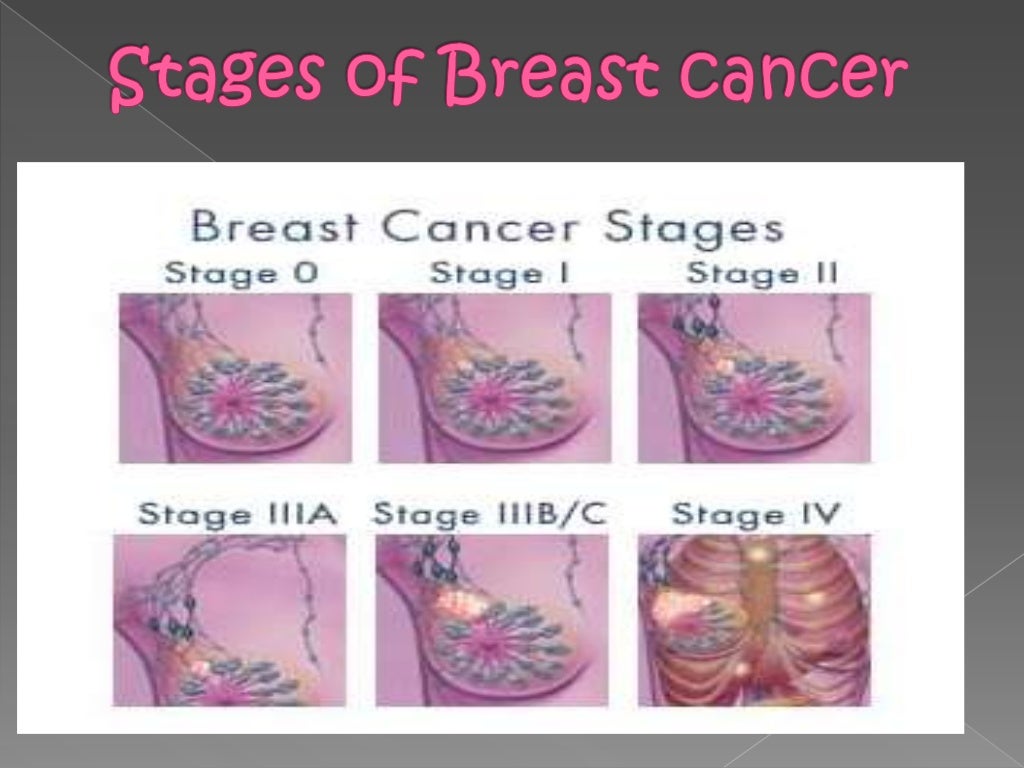
Machida Y, Tozaki M, Shimauchi A, Yoshida T. Limitations of mammograms.Īmerican Cancer Society. Fibrosis and simple cysts in the breast.Īmerican Cancer Society. Inflammatory breast cancer.Īmerican Cancer Society. Breast cancer signs and symptoms.Īmerican Cancer Society. "Do not cease and desist until you’ve gotten a good explanation," he says.Stachs A, Stubert J, Reimer T, Hartmann S. However, you need to get a medical opinion. The vast majority of breast lumps aren't cancerous, Richard Reitherman, M.D., Ph.D., medical director of breast imaging at MemorialCare Breast Center at Orange Coast Memorial Medical Center in Fountain Valley, Caliornia, tells SELF.
#Movable lump in breast skin
“It is also important to look for any skin changes such as dimpling, skin thickening, or nipple discharge,” Dr. You can start by going in a circular motion starting from the nipple outward, using both light and firm pressure to feel for lumps that may be deeper in the breast tissue. To do a proper breast self-exam, put one hand behind your head and use the middle fingers of your other hand to gently but firmly push down on your breast. That means using a systematic approach so that you feel the entire breast, Dr. Czerniecki says the method for checking your breasts is the same, whether you’re standing or lying down. “It would be ideal for women to check in the shower and to check while lying down, but any checking (one way or the other) is better than no checking,” Dr. However, women are typically encouraged to check in the shower because their skin is soapy and slippery, making it easier to feel anything unusual. “The geometry of the breast flattens and spreads out, sometimes making lumps easier to feel,” he tells SELF. Brian Czerniecki, M.D., chairman of the department of breast oncology at Moffitt Cancer Center, agrees. In fact, he adds, it can be easier to detect a lump when a patient is lying down. “This is dependent on the size of the cancer, how hard it is (some cancers are softer than others), the location of the cancer in the breast, and how the breast sits or hangs when upright versus lying down,” he says. It’s not unusual for a breast lump to only be detected when a person is lying down, Dr. “In general, women should do this periodically so they are aware of how their breasts feel,” Priya Thomas, M.D., an assistant professor of clinical cancer prevention at MD Anderson Cancer Center, tells SELF, adding that the exams should ideally be performed both while standing up and lying down. If checking your breasts every month seems like a bit much, you should do the best you can. If you don't get mammograms, don't check your own breasts, and a doctor doesn't either, it can delay finding any potential cancer, he says.


Hughes, M.D., F.A.C.S., codirector of the Avon Comprehensive Breast Evaluation Center at Massachusetts General Hospital, tells SELF.

This is especially important since the American Cancer Society also now recommends some women have fewer mammograms, starting at a later age, Kevin S. However, the organization says, all women should be familiar with how their breasts normally look and feel and report changes to their doctor “right away.” That’s why most medical experts still recommend doing monthly breast self-exams and having your doctor examine your breasts during routine physicals as well.


 0 kommentar(er)
0 kommentar(er)
